
Date: 28 January 2019
Indeed since our origins in the first half of the nineteenth century, we have been among the first businesses to quickly adopt and roll out new innovations in glass – from the manufacture of sheet glass using the blown cylinder process in the 1830s and 40s, to the continuous flow process for plate glass which we pioneered in cooperation with the Ford Motor Company during the 1920s.
It was in the 1950s that Pilkington truly cemented its reputation for trailblazing innovation that would change the face of the glass industry forever. Alastair Pilkington, at that time the company’s technical director, conceived the idea of forming a ribbon of glass by floating the melted raw materials at high temperature over a bath of molten tin – a method known as the float glass process.
The technique became the universal process for making economical, high quality flat glass for everything from windows to mirrors. Since then we have continued to build on our reputation for cutting-edge innovation, including the development of advanced coatings for improving energy efficiency, and the launch of new technologies that have changed common perceptions about what glass can do.
Here Gary Charlton, Strategic Program Director at Pilkington, explains how this history of innovation continues to define the Pilkington business culture today, and how it will drive new breakthroughs into the future.
Q. To what extent does Pilkington’s heritage in innovation still carry weight in the industry?
The Pilkington brand is incredibly strong, both with customers and in terms of attracting people into the industry, and much of that is due to our background in innovation. We’re currently working with the rest of the glass industry on an exciting project called Glass Futures, which will be a centre of excellence for the glass industry with a focus on research and training. The aim is for our St Helens site to become one of the main sites for hosting Glass Futures, and the Pilkington name and our reputation has been very important in bringing together the industry and government stakeholders around this project.
Q. Which of the Pilkington innovations have been particularly significant throughout its history?
The big revolution was about 70 years ago with the float glass process, which Pilkington developed and then licensed around the world. Since then we’ve continued to take a lead in the development of raw glass and coatings. In the early 2000s the online coating for Pilkington K Glass™ launched, becoming the leading low-emissivity glass for energy efficiency in homes.
More recently you could point to other Pilkington innovations such as Pilkington Activ™ our self-cleaning glass technology or our new bird-safe glass, Pilkington AviSafe™, which features a patterned UV-enhanced coating to make the glass visible to birds while maintaining the optical transmission of the glass. This won ‘Innovative Solution’ at the Glass Focus Awards 2018 – another example of how we’re always looking to innovate and remain one step ahead.
Q. To what extent is innovation driven by the demands of your customers?
A great deal of innovation today comes from the demands of the architecture itself. We’re seeing some absolutely stunning buildings with an incredible amount of glazing, in weird and wonderful shapes, colours and tints. That innovation is coming from collaboration with architects and design houses, who are asking for larger and larger pieces of glass with ever improving specifications. Our automotive division is also driving innovation, as cars feature more and more new features from heated windscreens to in-car displays All of these new technologies push boundaries and add value for the customer.
Q. What does your day-to-day role at Pilkington involve and how does it support innovation within the company?
In my current role as Strategic Program Director, part of my job is to look ahead and consider what we need to be doing in the coming years to ensure we are competitive and ready for the future. That means looking at innovative ways in which we can really move the organisation forward – rather than just making incremental improvements, how can we innovate in a way that achieves real step-change?
One of the biggest projects I have been working on in this role is the development of our own energy-from-waste power station, which would supply power to the Pilkington Greengate as well as the National Grid. It’s a hugely exciting project in development, which would mean we that we could generate electricity from a renewable source while cutting down on our energy costs. It’s these kinds of innovations that will be very important for Pilkington as a business moving forward.
 600450
600450

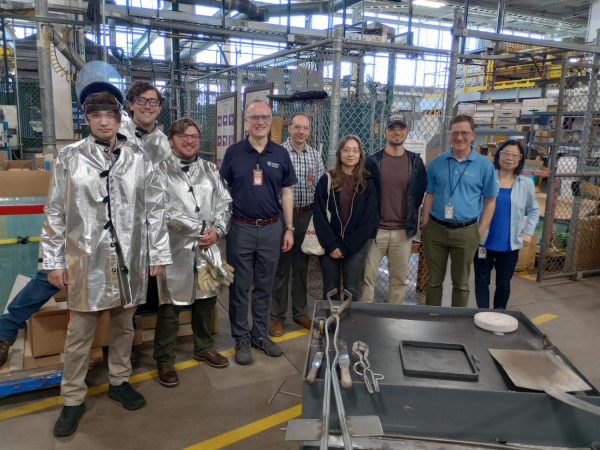
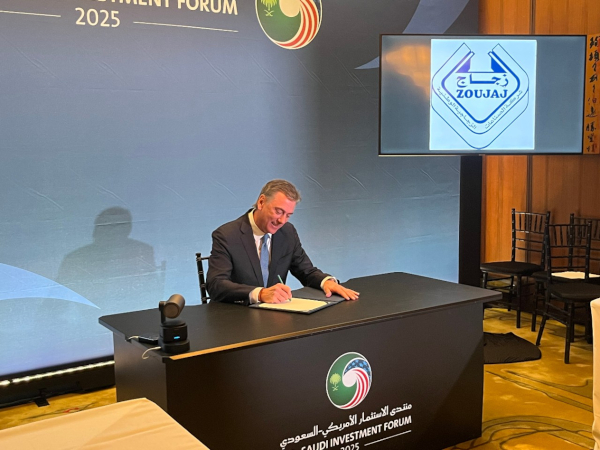
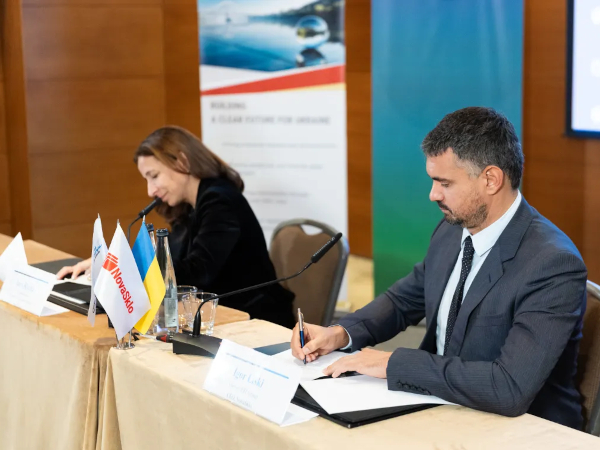
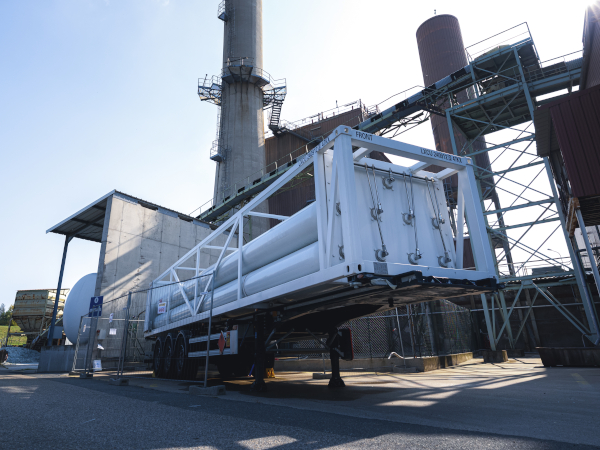
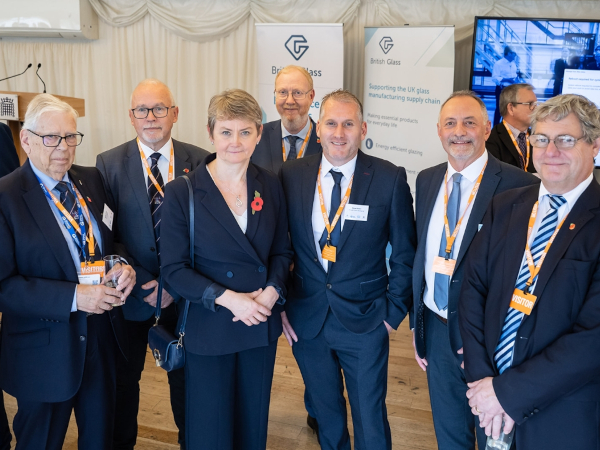








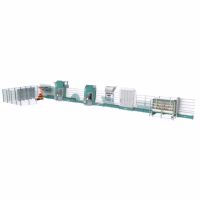

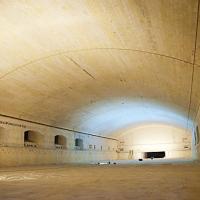
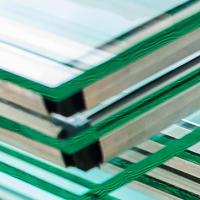
Add new comment